Wet-Bulb Temperatures refer to the temperature of air containing moisture. With global warming, wet-bulb temperatures exceeding human survival limits are being recorded around the world, making it urgent to respond to this crisis.
―
Q. What are Wet-Bulb Temperatures?
―
A. Wet-Bulb Temperatures can be described as the 'temperature of humid air' and can be considered an element of weather.
Wet-Bulb Temperatures are vital indicators that significantly impact our health and the overall environment of the Earth. When the wet-bulb temperature reaches 35°C, or 95°F, it signifies a critical threshold for human life. Therefore, understanding wet-bulb temperatures is crucial in the context of global warming.
―
Q. Why are Wet-Bulb Temperatures Important?
―

◎ Impact on Human Health
High wet-bulb temperatures make it difficult for our bodies to cool down through sweating, leading to serious health issues like heatstroke.
Humans have an amazing ability to sweat. As temperatures rise, sweat evaporates from our pores, cooling the skin and preventing the body from overheating. This is our natural cooling mechanism.
However, this ability to sweat has theoretical limits. If the air is too humid, sweat does not evaporate efficiently, hindering our body's ability to cool down. This situation is precisely what happens in high wet-bulb temperature conditions.
When the wet-bulb temperature reaches 35°C, our natural cooling system hits its limit. At this temperature, even the healthiest individuals with an unlimited water supply can only survive for a few hours before succumbing to the heat.
◎ Impact on Ecosystems and Environment
Wet-bulb temperatures significantly affect ecosystems and the environment. High wet-bulb temperatures can alter habitats for flora and fauna and negatively impact crop growth. Additionally, hot weather increases energy demands, placing a greater burden on the environment.
Who suffers the most from high wet-bulb temperatures? Stay tuned for the next article! ↓↓↓ |
―
Q. How are Wet-Bulb Temperatures Measured?
―
◎ Method of Measuring Wet-Bulb Temperatures
The method of measuring wet-bulb temperatures is quite intriguing. Scientists use a special instrument called a 'wet-bulb thermometer' for this purpose.
This device consists of two thermometers. One is the 'dry-bulb thermometer', which measures the temperature of the air as it is. The other, the 'wet-bulb thermometer', has its bulb wrapped in a cloth soaked in water.
As air passes over this moist cloth, water evaporates, absorbing heat from the surroundings, causing the temperature of the wet-bulb thermometer to drop. The temperature recorded at this moment is the 'wet-bulb temperature'.
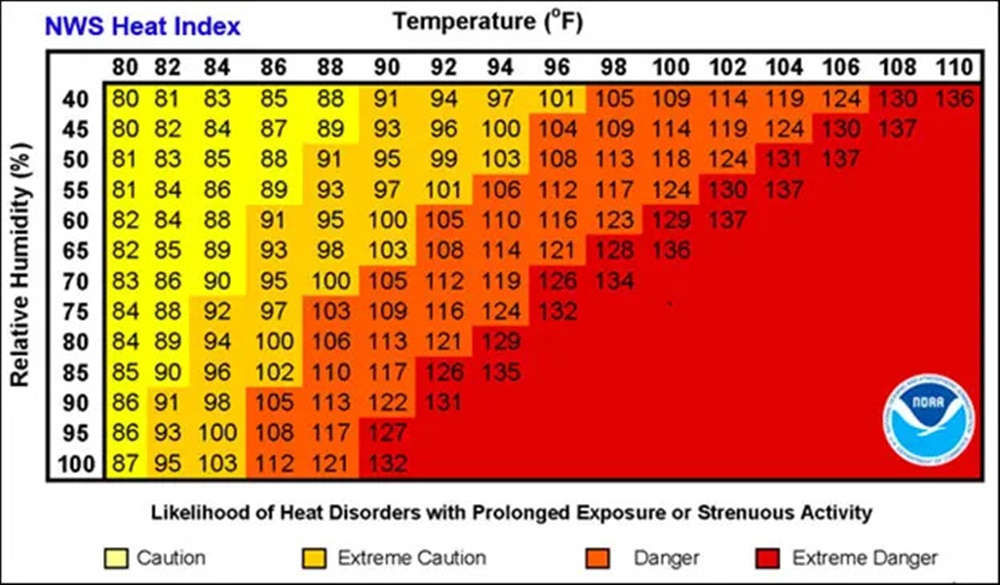
Source: ClimateCheck
(습구온도계 이미지 넣기) Interested in calculating wet-bulb temperatures? Click here! ↓↓↓ |
◎ Interpreting Wet-Bulb Temperatures
Using a wet-bulb thermometer, we can accurately determine how hot and humid the air is. This is especially important in hot regions like Delhi, India, where not just the temperature but also the wet-bulb temperature has a significant impact on the ecosystem.
Let's look at recent wet-bulb temperatures in Delhi:
• June 29, 2022, Wet-Bulb Temperature: 33.7°C (Source: Hindustan Times)
• July 16, 2022, Wet-Bulb Temperature: 36.2°C (Source: Hindustan Times)
The critical threshold for human survival in wet-bulb temperatures is 35°C. From the above data, we can gauge how intensely hot and humid the summer was in Delhi in 2022. That summer, over 160 people died in Delhi due to high wet-bulb temperatures.
In November 2022, the World Bank announced that some regions in India could become uninhabitable for humans in the future.
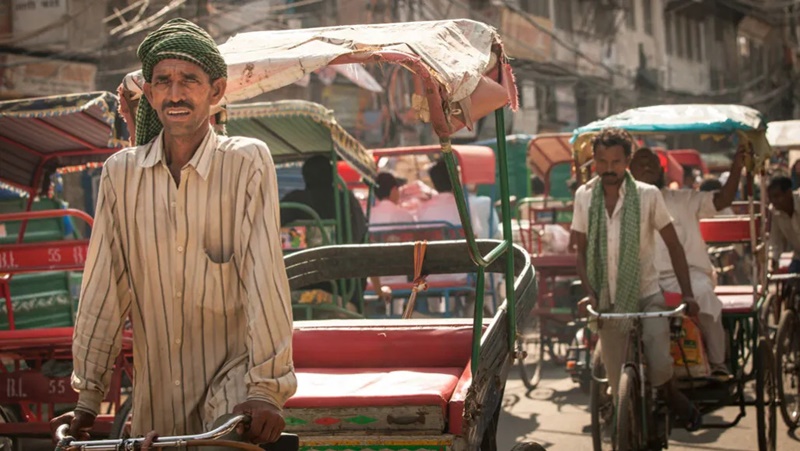
The high wet-bulb temperatures in Delhi during the summer of 2022, exceeding the human survival limit of 35°C, resulted in over 160 deaths.
Photo Credit: Getty Images Plus
Such high-temperature environments also impact ecosystems. Due to high wet-bulb temperatures, it's projected that India's agriculture and livestock industries will soon suffer significant setbacks, water resources will become more challenging to secure, and soil degradation will lead to reduced agricultural output.
Check out this article to learn more about a Global Warming ↓↓↓ |
―
Q. What is the Relationship Between Climate Change and Wet-Bulb Temperatures?
―
◎ Impact of Global Warming
Global warming is causing a rise in average temperatures worldwide, leading to an increase in wet-bulb temperatures.
According to a 2020 study by Columbia University, the Earth is already experiencing combinations of heat and humidity that are threatening to life.
India is particularly affected. The Columbia University research team analyzed global weather data collected from 1979 to 2017 and found that the 'Eastern Coastal' and 'Northwestern' regions of India showed hotspots with the highest 99.9 percentile of wet-bulb temperatures (at least 31°C).
It's not just India. Looking at the map below, you can see regions in Pakistan and Northwestern India, the Red Sea coast, the Gulf of California, and the southern coast of the Gulf of Mexico marked in red (at least 33°C) and yellow (at least 31°C).
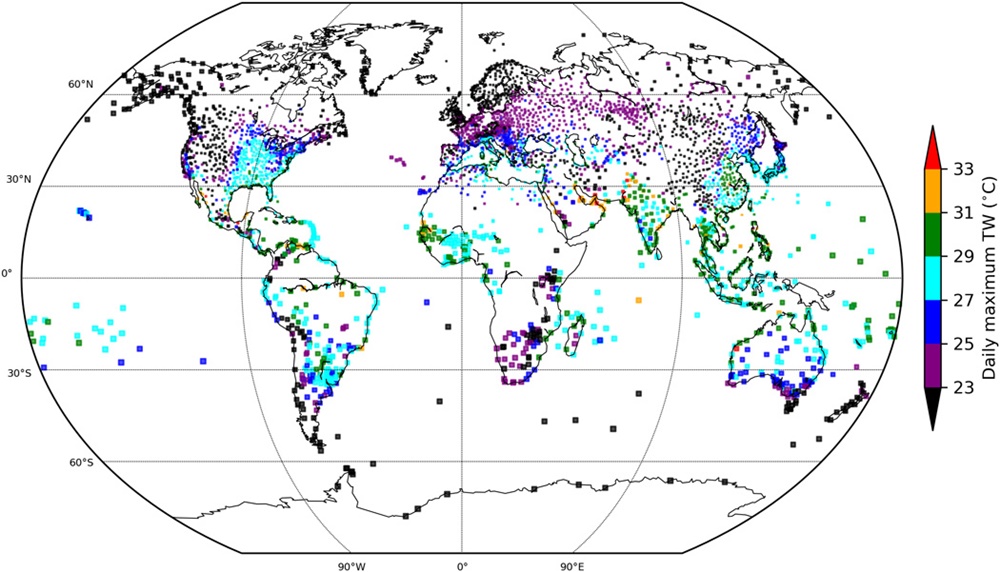
Extreme wet-bulb temperatures are being observed worldwide. Areas marked in yellow and red on the map have recorded minimum daily wet-bulb temperatures of at least 31°C.
source: Science Advances
◎ Future Climate Prediction Scenarios
In 2021, the UK's Met Office, a meteorological and climate research institution, released future prediction scenarios based on global temperature rises. According to these scenarios, if global warming continues at its current rate, there will be a sharp increase in the sector of population experiencing life-threatening extreme heat stress.
The Met Office states that if the Earth's temperature rises by 2°C, the number of people globally affected by extreme heat stress will increase from the current 68 million to about 1 billion.
If the Earth's temperature increases by 4.0°C, it is predicted that about 50% of the world's population will live in areas affected by extreme heat stress.
Dr. Andy Hartley, the Met Office's head of climate impacts, warns, "People living in areas with wet-bulb temperatures above 32.0°C are in extreme danger. Vulnerable groups and those with outdoor occupations face greater health risks. While this is currently observed in some regions of India, our analysis indicates that a 4.0°C rise could affect people on most continents with severe heat risks."
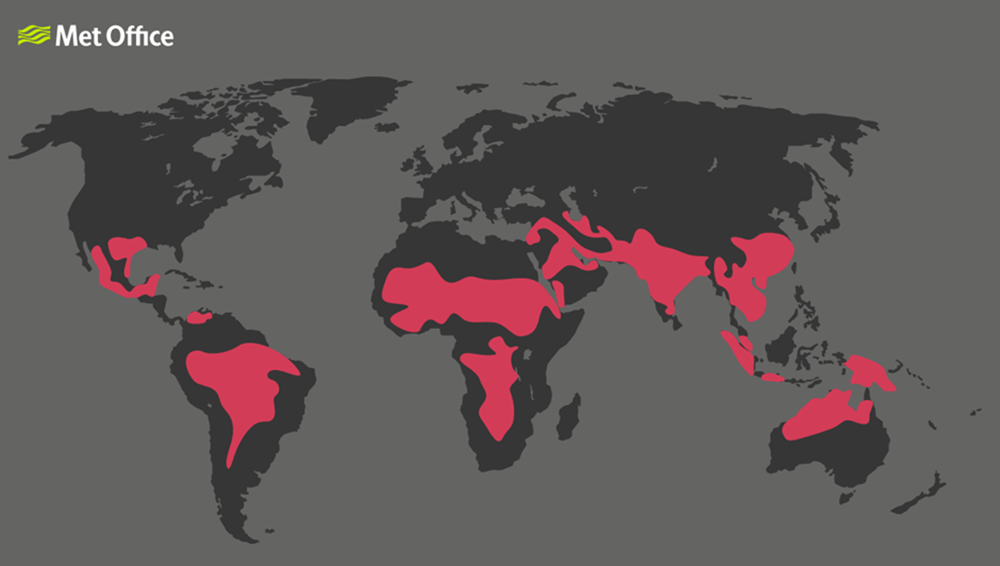
The map shows areas where wet-bulb temperatures exceeding 32.0°C will occur for more than 10 days annually, assuming a 4.0°C rise in Earth's temperature compared to pre-industrial levels.
Source : Met Office
Professor Matthew Huber from Purdue University, a climate scientist, also warns, "By the end of this century, extreme situations with wet-bulb temperatures reaching 35°C could become more common."
―
Our Action is Needed!
―
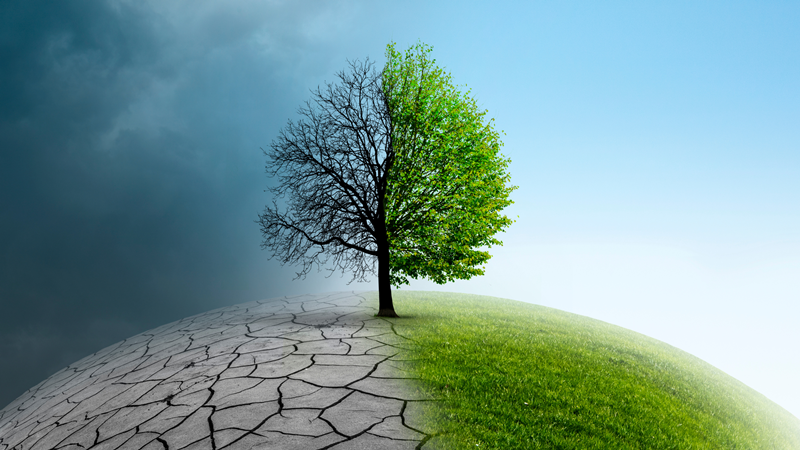
The research findings and warnings from scientists regarding the rise in wet-bulb temperatures highlight the severity of climate change's impact on humanity.
If the Earth's temperature and humidity continue to rise unchecked, our beloved blue planet will become increasingly inhospitable for life.
To tackle global warming and the issue of rising wet-bulb temperatures, it's essential to develop customized strategies at local and national levels. However, that alone is not enough. It's time for all of us to take action.
Just as individual raindrops join to form rivers, the small actions of our 8 billion-strong global population can combine to create massive change. Why not start today by actively recycling, choosing sustainable products, and turning off unnecessary electricity? Using public transport, cycling, and walking are also great ways to make a difference.
Creating a better tomorrow through small actions - this is what we can and must do right now.
Check out this article to learn more about a Climate Action ↓↓↓ |
“To embrace the future,
we must expand the scope of vocations that can herald the coming of peace.
Even though we may never meet our descendants, we must make sure that all their activities will harmonize in peaceful societies and nations.”
-Dr. Hak Ja Han Moon
Founder of Sunhak Peace Prize-
Reference |
Written by Sharon Choi
Director of Planning
Sunhak Peace Prize Secretariat

